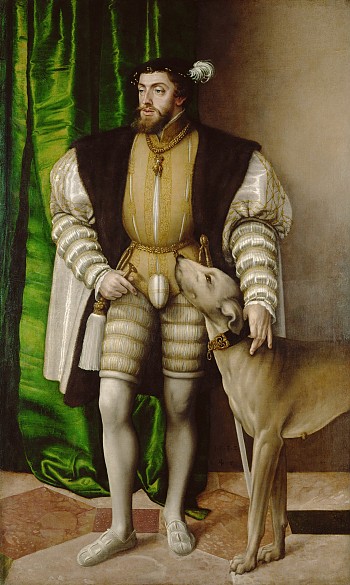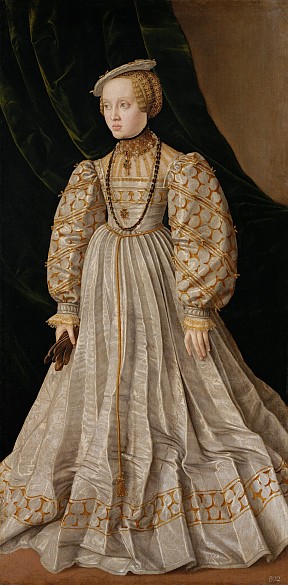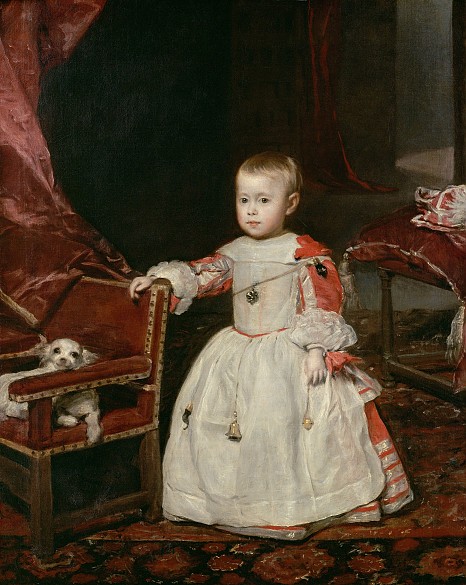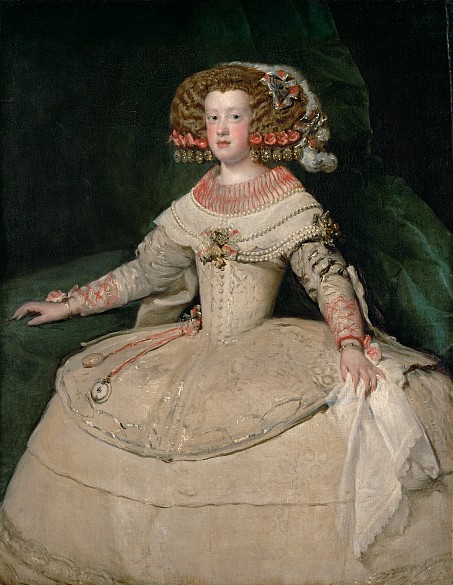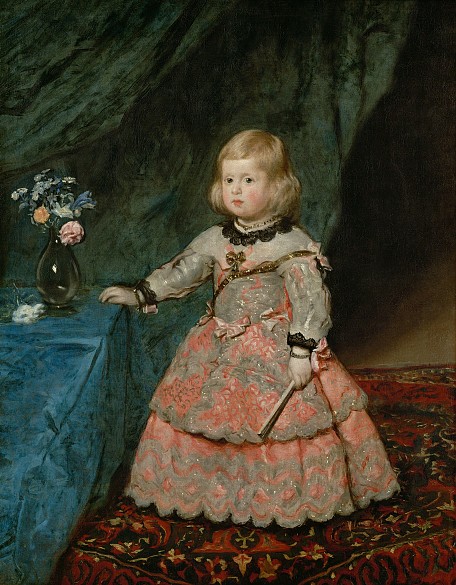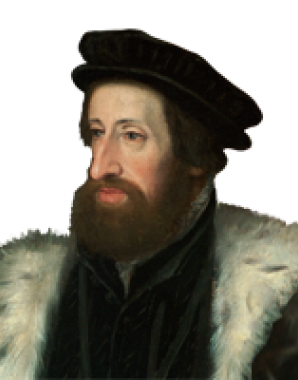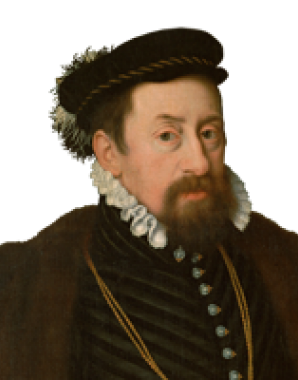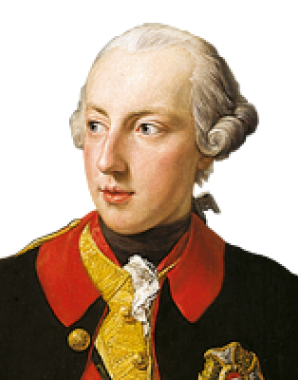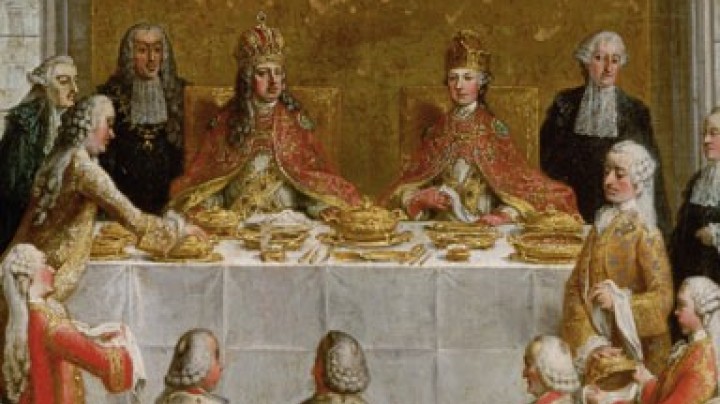Marry me – the functions of portraiture
The image a ruler sought to project was underpinned not only by architecture or the staging of elaborate festivities; the pictures and monuments he commissioned also served to demonstrate and secure his claim to power.
Important personalities and events in the family history together with victories and other achievements were recorded pictorially. Ancestral portraits and genealogical displays together with family likenesses were intended not only to legitimize their dominion but also to promote a sense of identity and pride in descent within the family by demonstrating the long and rich history of the dynasty.
Portraits played various roles, depending on the purpose for which they were employed: they could represent the ruler, for example at ceremonies of homage, when the prince was not present in person, or they could be held up as models, in particular for his subjects. To insult the image of a ruler was regarded as an act of lèse-majesté. The most important element was their propaganda value, both for other courts as well as for the common people. With these official portraits great importance was attached to the decorative details they contained: clothing, accessories such as gloves or handkerchiefs, ruling insignia and the subject’s pose – all of these were intended to convey riches, power and taste. The psychological exploration of the sitter was of secondary importance. One crucial criterion of a court portraitist’s quality was his ability to work as quickly as possible.
Portraits of rulers, and in particular their children, had a special function when dynastic alliances were being forged. Offspring served not only to continue the dynasty but also for political ends: alliances could be made with other ruling houses and in this way a sphere of power extended. This accounts for the large number of child portraits by famous artists such as Giuseppe Arcimboldo, the court portraitist who successively served Ferdinand I, Maximilian II and Rudolf II at Prague, images that show their sitters in sumptuous robes and opulent surroundings. This was also the motivation for the portraits of the infantes and infantas of Spain from the Spanish Habsburg line painted by Diego Velazquez which were sent as gifts to the court at Vienna and today hang in the Kunsthistorisches Museum. The documents and reports that accompanied these images often gave a rather different impression of the portraits’ subjects.
In order to prepare the ground for marriages, portraits of the future partners were exchanged between the courts. These images often constituted the only idea the individuals concerned had of their future partner before the wedding. Joseph II is alleged to have fallen in love with the portrait of his first wife, Isabella of Parma. In diplomatic and dynastic relations between the courts it was customary to exchange portraits of rulers. But artists or scholars who enjoyed the ruler’s special esteem also received such gifts.


